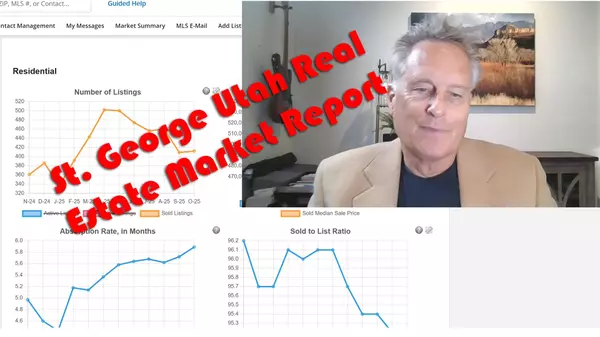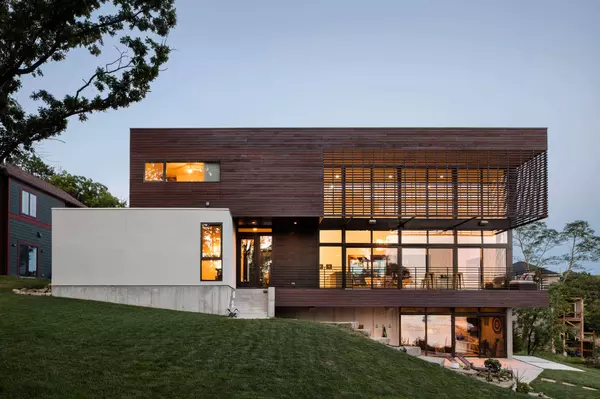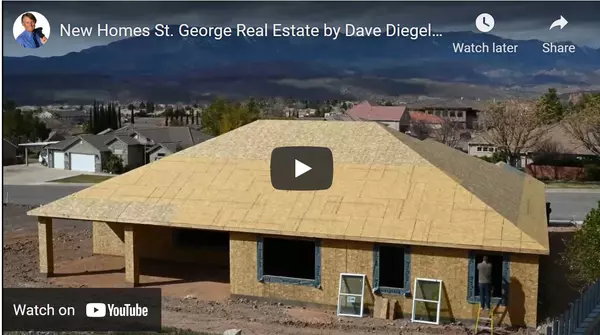Why Let the Builder Take the Construction Loan?
Why Let the Builder Take the Construction Loan — and How a Take-Out Loan Can Work to Your Advantage
Building your dream home is exciting — and complicated. One strategy that many buyers use to simplify financing and limit their risk is to have the builder take out the construction loan, then close the project with a take-out (permanent) mortgage in the buyer’s name. When structured well, this approach can give buyers control over design, protect them from construction delays, and keep them from being stuck paying for cost overruns during building. Below I’ll explain how it works, the core advantages, the risks to watch, and practical contract and financing protections you should insist upon.
How it typically works (simple timeline)
-
Purchase agreement & plan selection. Buyer chooses design, layout, and finishes with the builder and signs a construction purchase agreement.
-
Builder obtains construction loan. After a subordination agreement, the builder borrows short-term construction financing using the property as collateral and pays for materials and labor as work progresses.
-
Construction phase. Builder manages construction — draws from lender, permits, inspections, etc. Buyer pays agreed deposit(s) per contract (not periodic construction draws).
-
Completion & certificate of occupancy. Builder finishes the home, obtains final inspections and CO.
-
Buyer closes on take-out loan (permanent mortgage). Buyer obtains a mortgage to pay off the builder’s construction loan and formally own the home with standard long-term financing. Title is transferred/cleared accordingly.
Key advantages for the buyer
1. Buyer controls design, layout, and finishes
You get the custom home you want. Work with the builder to select floor plan, materials, cabinetry, countertops, flooring, fixtures, and finishes. The construction loan sits with the builder — but the contractual agreement secures your design choices and delivery expectations.
2. Builder bears construction financing risk
Because the builder is the borrower on the construction loan, they are on the hook to the construction lender to complete the project. That generally keeps the buyer from having to make monthly draw payments or to service a construction loan themselves.
3. Buyer protected from paying for builder delays
A properly negotiated contract will shift delay-related costs to the builder — not you. That means if the project overruns the timeline due to the builder’s scheduling, mismanagement, or subcontractor issues, the builder pays penalties or absorbs costs rather than the buyer paying extra interest or fees.
4. Single closing for the buyer at the end
You avoid juggling two loans. The buyer’s mortgage (take-out loan) closes once the home is complete — predictable, mortgage-style payments replace construction-era uncertainty.
5. Smoother cash flow for buyer
You typically only fund your down payment and contract deposits during construction rather than servicing a construction loan (which can carry higher interest and variable draws).
6. Builder incentive to finish on time
If the contract includes liquidated damages, completion incentives, or a retention/escrow that’s released only on completion, the builder has financial motivation to finish on schedule and to the agreed standard.
Contract protections every buyer should insist on
To capture the upside and reduce downside risk, make these items explicit in your construction purchase contract:
-
Design & finishes schedule. An itemized selection list (fixtures, brand/model, allowances, and substitution rules). No substitutions without written buyer approval.
-
Firm construction timeline. Clear start date, milestone dates, and a completion date with a defined number of “weather” buffer days.
-
Liquidated damages / builder-paid delay costs. A daily/dollar penalty (or specific remediation) if the builder misses substantial completion for reasons within their control. State caps or cure rights if needed.
-
Quality/defect list & warranty. Punch-list process, warranty period, and clear remedies (repair, credit, or holdback).
-
Escrow / holdback for incomplete items. A portion of final payment held until the punch list is closed.
-
Builder responsibility for construction loan interest during delays. If a delay (their fault) causes added construction-loan interest, the contract should require the builder to absorb that cost rather than passing it to you.
-
Assignment / payoff mechanics. Clear mechanics for payoff of the construction mortgage at closing and evidence the builder will clear all liens and satisfy lender conditions.
-
Title & closing conditions. Buyer’s take-out mortgage must be able to record a first lien at closing; seller/builder must warrant clear title and pay off construction lender.
What to negotiate around “builder pays for delays”
-
Define allowable delays (force majeure, buyer-requested changes) vs. builder-fault delays (subcontractor no-shows, permitting delays not caused by buyer, poor project management).
-
Set a damages formula (e.g., $150–$500 per day) that is meaningful to the builder but realistic for the project size.
-
Include cure periods only sparingly — you want the builder to feel immediate pressure to fix schedule problems.
-
Ask for a cap on liquidated damages so the builder remains viable, but don’t let the cap be so high you’re under-protected.
Lender realities — what a take-out (permanent) lender will require
Before you count on the take-out loan, know typical lender checklist items:
-
Construction substantially complete and certificate of occupancy (or local equivalent).
-
Final appraisal (value based on completed home).
-
Clear title / no open mechanics liens against the property. The builder’s construction mortgage must be paid in full at closing.
-
Standard borrower qualifications — down payment, credit score, debt-to-income, reserves. Your take-out loan is a regular mortgage. Most borrowers will own the land outright as part of the security for the loan. Although a land purchase contract with as little as 25% of the lands value can count as security, it may not be enough to secure the loan. This is why it's necessary for the buyer to subordinate. Subordination of land to a builder refers to a landowner voluntarily agreeing to lower the priority of their claim or lien on the property to accommodate a builder's construction loan or other financial interests. Essentially, the landowner accepts a secondary position so that the builder can secure a primary construction loan from a lender, allowing the project to proceed. This is often accomplished through a subordination agreement, where the landowner's interest becomes junior to the builder's construction lender, ensuring the lender's claim is paid first in case of foreclosure.
-
Warranty documents & builder lien waivers. Lenders want evidence of lien releases from subs and suppliers.
-
Survey / property records as required.
Call me if you need a good mortgage broker who is fluent with both construction loans and subordination: (435)703-4041.
Risks & how to mitigate them
-
Risk: Builder defaults or cuts corners.
Mitigation: Vet builder references, pull permits, stage inspections, keep contractual holdbacks and inspection rights, require builder warranty and insurance. -
Risk: Construction lien cloud at closing.
Mitigation: Require contractor lien waivers from subs and suppliers, and require builder to provide final lien releases before the take-out closing. -
Risk: You can’t qualify for the take-out loan at completion.
Mitigation: Prequalify thoroughly before signing contract; maintain financial stability during construction; include contingency plans (e.g., extension options or escrowed funds). -
Risk: Disputed delay responsibility.
Mitigation: Define delay causes clearly, document progress with regular reports, use milestone sign-offs.
Practical tips — negotiation & process
-
Get everything in writing. Verbal promises won’t protect you at closing.
-
Use an experienced real estate attorney. They’ll draft or review contract clauses for delay penalties, lien protections, and take-out mechanics.
-
Prequalify with a lender early. Ensure you meet take-out loan standards and know appraisal expectations.
-
Require weekly or biweekly progress updates with photos. Keep an audit trail.
-
Insist on third-party inspections at key phases. Framing, mechanicals, and pre-closing walk-throughs.
-
Negotiate a punch-list deadline and release mechanics for any holdback funds.
Bottom line
Having the builder carry the construction loan and arranging for a buyer take-out loan at completion can be an excellent way to get the home you want while minimizing the headaches and cash flow burdens of construction financing. The arrangement lets you choose the design, layout, and finishes, keeps you from paying extra for delays (if properly contracted), and delivers the predictability of a single mortgage payment when the house is finished.
But it only works when the contract and financing are structured carefully — with clear delay penalties, lien protections, appraisal and title mechanics spelled out, and a lender prequalification in hand. Consult a real estate attorney and your lender early, and negotiate the protections above so you enjoy the advantages without the surprises.
Want to explore your options? Give me a call at (435)703-4041.
Categories
Recent Posts











